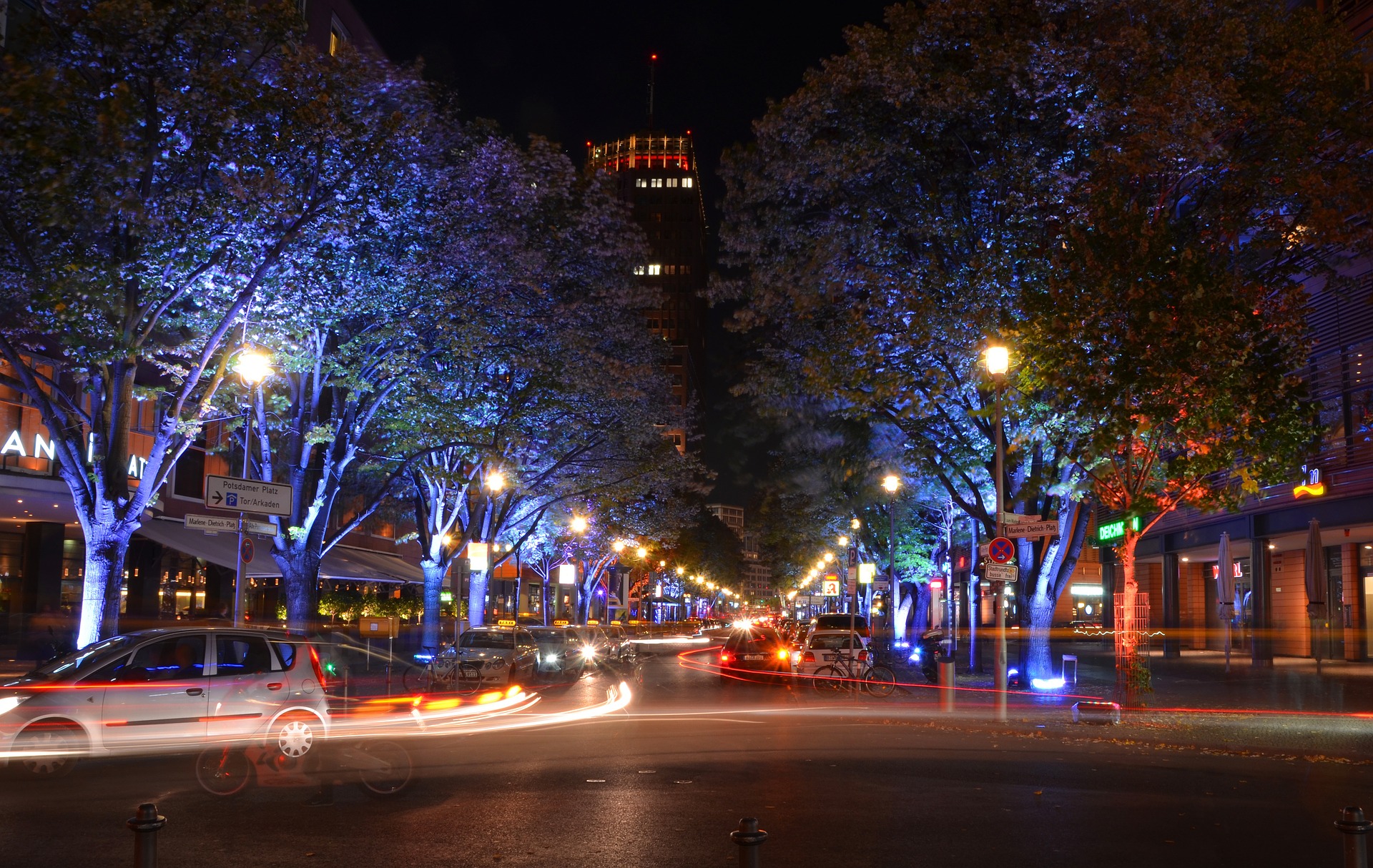The Full Package For Little Money
Berlin, March 2016 Surprisingly inexpensive – that’s what people say about Berlin. Compared to other world-class cities, the German capital is known as a hip destination offering great value for the money. And visitors don’t necessarily need to dig deep into their pockets to have a rich variety of experiences across the city. Even if your budget’s tight, there’s still a lot to do: museums, theatre, opera, concerts, clubs, going out for a cocktail or a three-course prix-fixe menu can all offer traditional holiday fun at affordable prices. It’s the unanimous conclusion of many globetrotters, school classes and lovers of weekend breaks: going to Berlin and joining in the fun does not have to cost the world, but the memories will definitely be priceless!
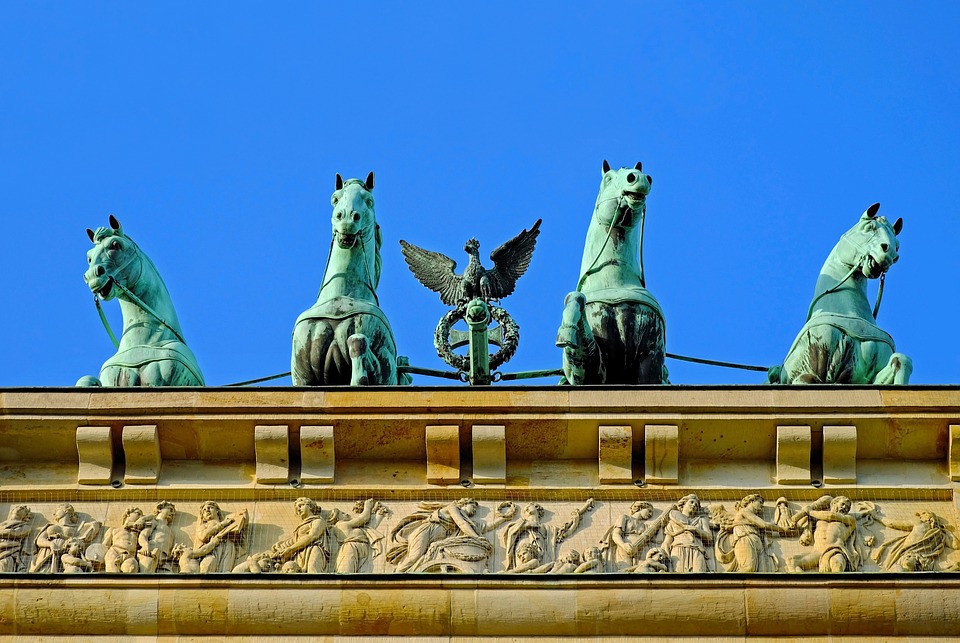
Trendy and affordable travel and accommodation
One inexpensive option for travelling to Berlin is to come by coach (long-distance bus). Since coaches were allowed to traverse the country freely in 2012, there has been some hard-core price competition among the various providers. Coaches offer very frequent scheduled service from Berlin’s central coach station (the ZOB) at the Messe in Charlottenburg and other stops across the city. And it’s not just the young people of the world who will be your travel companions on the coaches; indeed, it’s the colourful mix of travellers that makes long-distance coach journeys a different travel experience than your typical train ride or flight. Also helping to drive the boom in Berlin tourism are the various low-cost German and international airlines flying from Berlin’s two airports Tegel (TXL) and Schönefeld (SXF) to and from almost anywhere. The new BER airport will even have a separate terminal for these low-cost airlines. Even the classic mode of transport, a train ride with Deutsche Bahn to Berlin, is available with a permanent deal: tickets from €29 on all routes in Germany. The rail company also offers Bahnhit special packages for selected dates. And, for last-minute trips, you might even want to ride along with somebody in his or her car, another affordable travel option common within Germany. www.busliniensuche.de; www.blablacar.de; www.mitfahrgelegenheit.de; www.bahnhit.de
In recent years, a new hybrid hostel-hotel has appeared on the Berlin tourism scene, offering affordable accommodation at fair prices. Known as Hostels in German, they are distinct from the classic “youth hostels” (Jugendherberge) because they tend to attract budget travellers of all ages. Large chains such as Ibis operate their hostel-hotels in central urban locations that are well connected to the public transport network. If your vision of a hostel is a place full of teenagers on bunk beds and shared showers, then you haven’t experienced Berlin’s trendy hostel-hotels: Fancy eco-camping without having to sacrifice the luxuries of a cosy bed or electricity? You can do just that in the Scube Park in Neukölln’s Columbiabad, where forty furnished wood cabins are spread across a 2,000 m² lawn. Each of the cubic SCUBEs can accommodate up to four people and is habitable all year round. The nearby Columbiadamm swimming pool and the extensive park at the former Tempelhof airport provide a refreshing change of pace. At the Pfefferbett Hostel, you can stay overnight at a former brewery, which has been turned into a small idyll with a hip garden area.
The hostel combines young, trendy interior design with the 150 year old industrial charm of a former brewery in Berlin’s popular Prenzlauer Berg district – a unique Berlin experience. Also very hip and modern, the Generator Hostel is centrally located on Oranienburger Strasse and offers rooms for 2-8 persons and dormitories for 6-8 people.The Industriepalast truly lives up to its name. The red brick walls near the East Side Gallery are holding over 100 years of Berlin history, which mixes in with the bubbly voices of young Berlin-visitors from all over the world. Lively meeting corners in the house are the spacious lobby with bar, table football and billiards, the kitchen, the vaulted cellar with a ping pong table or the open-air terrace. Hostels are frequently booked not only of globetrotters, but also of young families, city and business travelers. www.accorhotels.com; scubepark.berlin/en; www.pfefferbett.de/en/home.html ; generatorhostels.com/en/ ; ip-hostel.com/en/; www.visitberlin.de/en/article/hostels
But there are also smaller hostel-hotels away from the chains that offer plenty of ambiance and good service. The Ostel am Ostbahnhof not only offers accommodation at attractive prices, but also is a time machine to the interior design world of the former GDR. Depending on your budget, you can book a spot in a former Communist youth camp, an apartment in a pre-fabricated estate or in a former Stasi suite, all with authentic original East German furnishings. Or you might opt to stay on either the Western or the Eastern Comfort Hostelboat (both with deck lounges) moored at the Oberbaumbrücke, the bridge crossing what used to be no-man’s land between the now-trendy districts of Friedrichshain and Kreuzberg. You can even camp out under the stars on the upper deck of the boats in the summer. www.ostel.eu; www.eastern-comfort.de
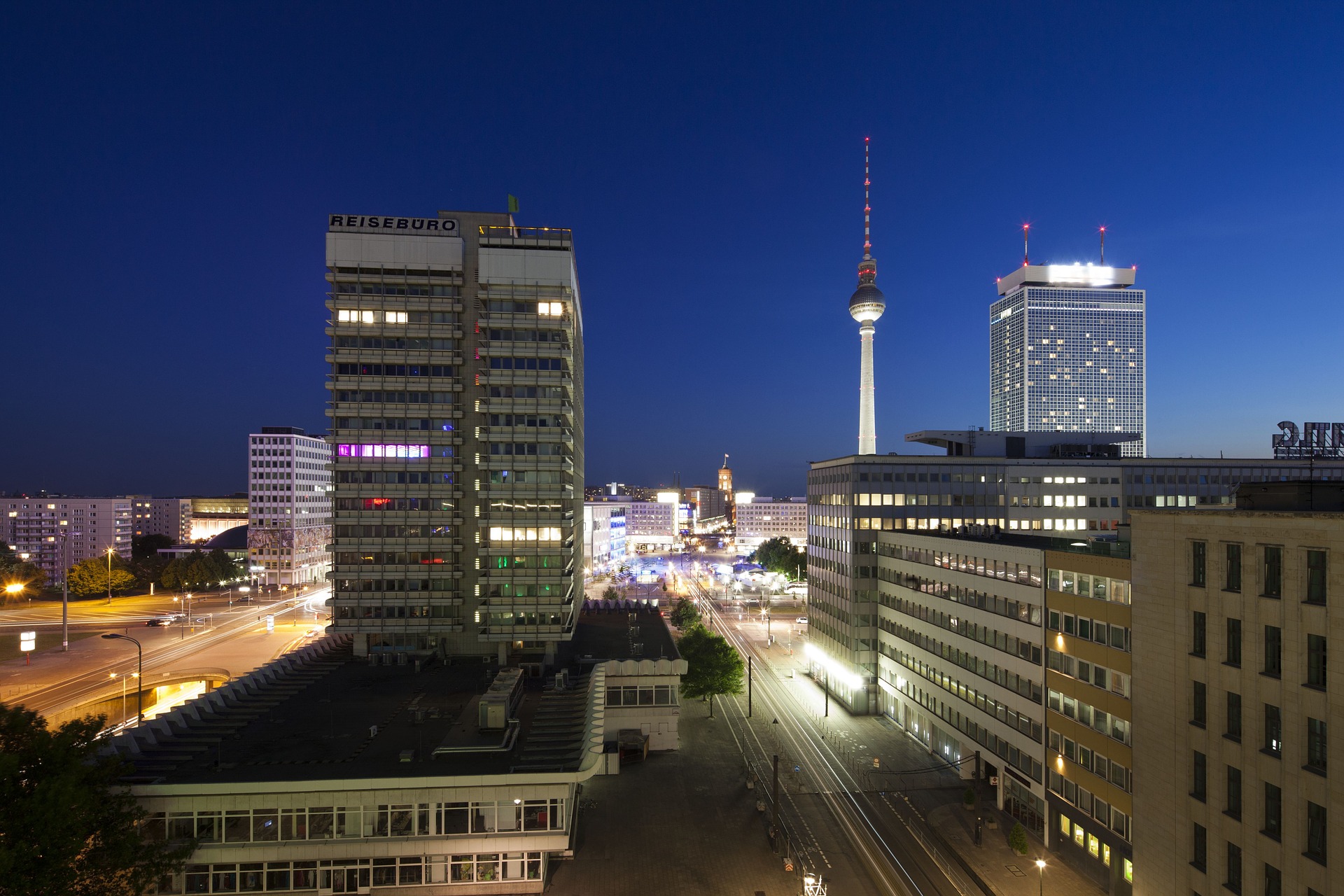
Discovering Berlin on a budget
Available for as little as €19.50, the Berlin WelcomeCard offers free travel on all public transport and discounts of up to 50 per cent at more than 200 tourist and cultural attractions across the city. Berlin visitors can choose among ten different versions of what is the perfect companion for adventure tours through the German capital. The Berlin WelcomeCard is available for two, three, four, five or six days and for two tariff zones: one covers the city of Berlin (zone AB), the other covers the city and the surrounding area including Potsdam (zone ABC). The inner city has an extensive public transport network, allowing unlimited mobility by bus and train by night and day. For more information about the various Berlin WelcomeCard options and partners, go to: www.berlin-welcomecard.de/en. The site is also optimised for mobile devices and is the perfect source of information while on the go.
The Berlin WelcomeCard is also perfect for designing your own city tours at no extra charge because the city’s bus and train connections make it easy to explore Berlin’s tourist highlights. The yellow 100 and 200 BVG buses travel from Alexanderplatz in the heart of City East to Zoo station in the heart of City West, passing many of the city’s main attractions. Line 100 travels on the north side of the Tiergarten by the Reichstag, Bellevue Palace and the Victory Column. Line 200 runs on the south side of the Tiergarten past the many embassies in the area and then through Potsdamer Platz. Of course, you can hop-on and hop-off at any of the dozens of scheduled stops whenever you like. You can even use the Berlin WelcomeCard to take a ride on some of Berlin’s many waterways. The F10 ferry sails year-round from Alt-Kladow and cruises across the Havel to the Wannsee. From there, you can then take another ferry to nearby Pfaueninsel, home to a romantic palace and park. Then it’s a quick ride back to the city with the S-Bahn from Wannsee station.
And if you like to be on the move using your own power, cycling is another inexpensive and even time-saving alternative. Cyclists in Berlin often reach their destinations more quickly than people using other modes of transport, which explains why more and more Berliners and visitors are opting to get about on two wheels. Berlin’s doing its best to catch up with Copenhagen which is way ahead in its efforts to become the world’s best city for cyclists. Berlin has set up an extensive network of cycling paths that cross the width of this large city. Of course, when taking your tour by bike, you can decide when to stop and take a look or take a break – there’s always a place to lock up your bike nearby. Distances are short, but you can always take one of the many detours to explore parts of the city not often seen by visitors. And where else, if not in Berlin, can you cycle along the former border that divided the city for 45 years? Many hostels rent bikes. Other rental stations and providers of guided cycling tours are listed at: www.visitberlin.de/en/experience/sport-metropolis/bicycle-tours?tid=5037. You can even spontaneously decide to hop on a bike with Deutsche Bahn’s Call-a-Bike service. The bikes are ready and waiting at major rail stations and intersections across the city and can be rented with an app or a phone call for €0.08 per minute after registration. www.callabike-interaktiv.de

Landmarks with free admission
Berlin’s history is freely accessible to everyone, including such iconic places as the Brandenburg Gate, Potsdamer Platz and Checkpoint Charlie. The East Side Gallery between Ostbahnhof and Warschauer Straße preserves a piece of the Berlin Wall for posterity, restored in 2009 to mark the 20th anniversary of the Wall’s fall. Eighty-seven of the original 118 artists returned to renew their works of art along the 1.3 km open-air installation that had suffered through the ravages of graffiti and weather over the years. Unfortunately, souvenir hunters have also had their hand on the gallery, knocking off pieces to sell or take home.
But there are a number of tourist attractions that are not only free to see from the outside, but are also free to enter. These include the dome of the Reichstag building – one of Berlin’s most visited attractions. The glass dome designed by star architect Norman Foster gives visitors a fantastic panoramic view of the city centre. Admission, however, is only possible with prior registration, preferably online, but also possible at the visitors’ centre www.bundestag.de/htdocs_e/
The nearby Holocaust Memorial also attracts many visitors, especially those from abroad. The field of columns and the exhibition below can both be visited free of charge. You can also take a free peak at the Hackesche Höfe, one of Berlin’s most beautiful back courtyards. You can also get in some window shopping time while you’re at it. Another popular sight to visit to is the Kaiser Wilhelm Memorial Church in the heart of City West. The church was half-destroyed during air raids in 1943 and has been kept as a war memorial that is free to visit. The same applies to the exhibitions in the Rotes Rathaus, the official residence of the mayor near Alexanderplatz and the Nikolai Quarter.
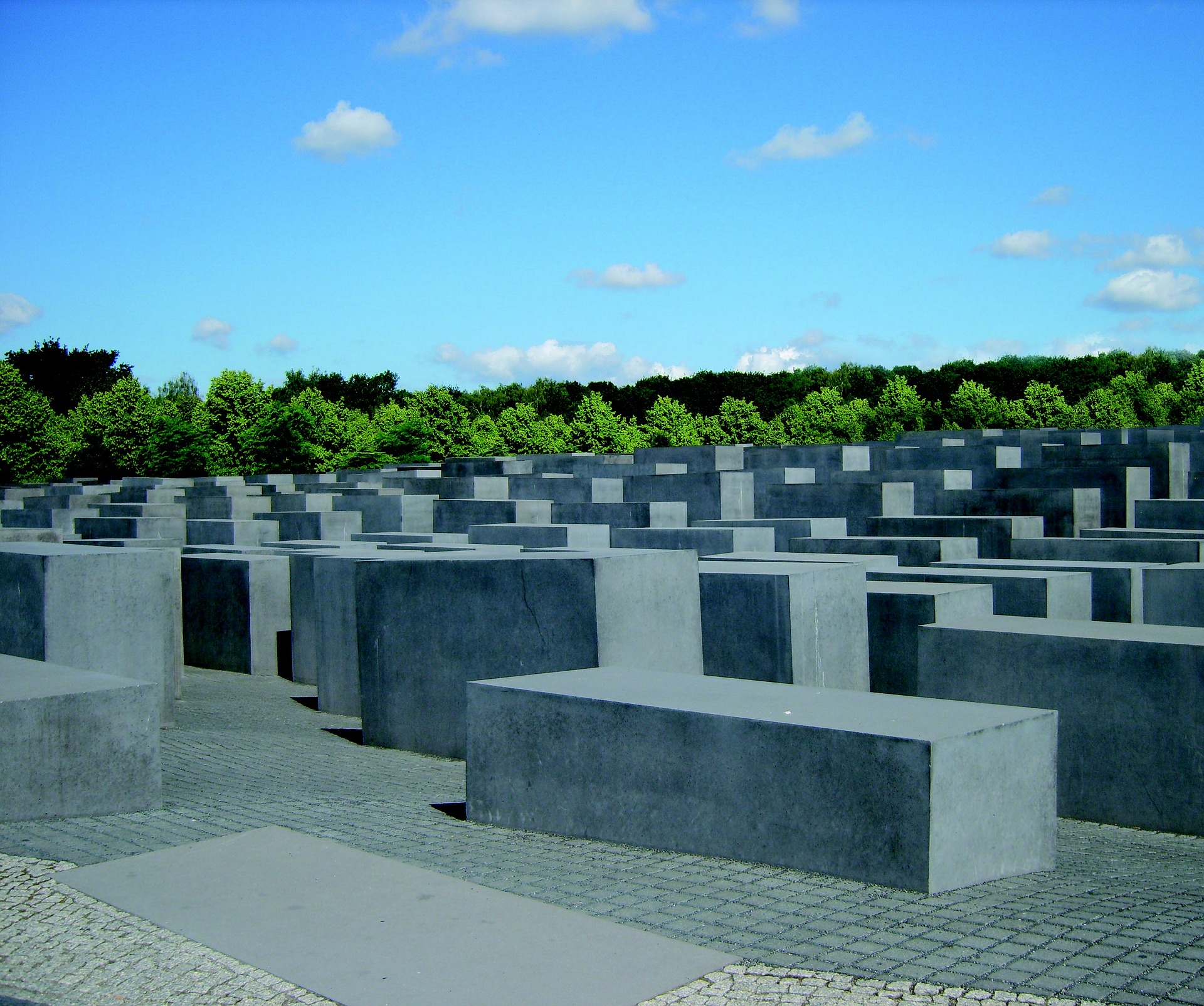
Breath-taking views
Beyond the dome of the Reichstag, there are many other places that offer fantastic views of the city free of charge. The national memorial in Viktoriapark, designed by Karl Friedrich Schinkel and dedicated in 1821, offers a legendary view of the city. Guests can also enjoy wonderful panoramic views of Berlin from the Behmstraßenbrücke in Prenzlauer Berg, the Elsenbrücke in Treptow and both the Oberbaumbrücke and Modersohnbrücke in Friedrichshain.
Another great way to see the city’s night sky is to dive into Berlin’s nightlife, where dancing on the rooftops is not at all unheard of. 40seconds, across from the Neue Nationalgalerie on Potsdamer Straße, has no cover charge, but guarantees good music and drinks with stunning views of Berlin at night. The panoramic windows of the Puro Skylounge on the 20th floor of the Europa Center next to the Kaiser Wilhelm Memorial Church offers a 360° view of the city, especially City West. Other views without cover charge can be had at the Solar Skylounge at Anhalter Bahnhof or on Deck 5 in Prenzlauer Berg: Berlin’s highest beach bar on the top deck of the Schönhauser Allee Arcaden car park might be lacking in water, but it offers a fantastic view of the sunset over nearby Mauerpark. 40seconds.de/en/; www.week-end-berlin.de; www.puroberlin.de; www.solarberlin.com/en; www.freiluftrebellen.de
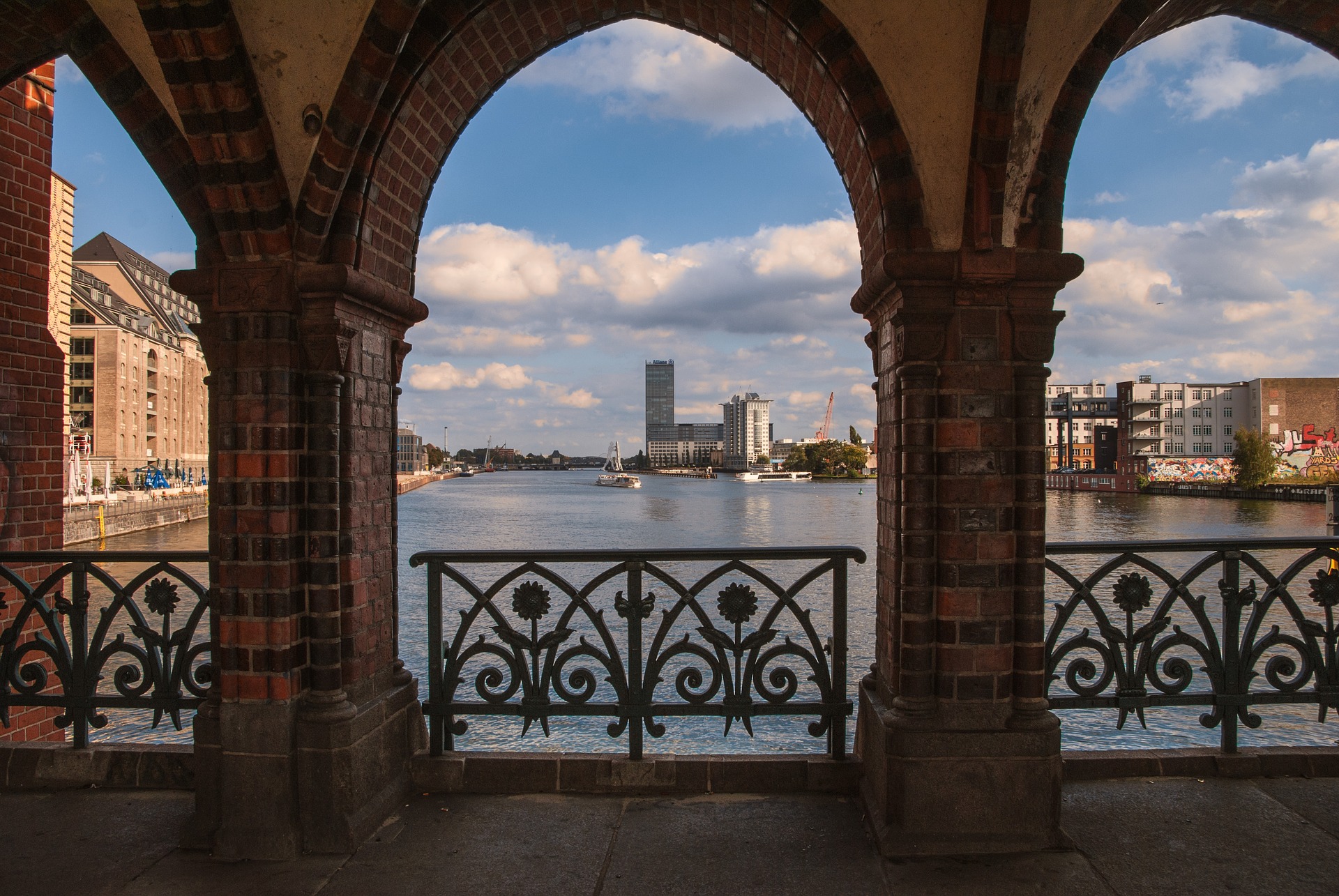
History – varied and free
Berlin’s museums cover the gamut and are treasures waiting to be explored at a low cost. Admission is generally free to the city’s numerous memorials, local district museums and the natural sciences collections. Even some of the historical museums provide free access to their permanent exhibitions. For example, the Allies Museum in Berlin-Zehlendorf documents the role of the Western powers in the post-war period while there is an interesting exhibition on the historical development of the liberal parliamentary system in Germany at the Deutscher Dom. The Deutsch-Russisches Museum (German-Russian Museum) commemorates the war between the Germans and Soviets fought in 1941-1945. The Anti-Kriegs-Museum (Anti-War Museum) includes an original air raid shelter from the Second World War.
The Topography of Terror is one of the most visited memorial sites in Berlin, bringing in over 900,000 visitors each year. The open-air documentation illustrates the dimensions of the Nazi reign of terror on the former site of the Gestapo, SA and SS headquarters during the Third Reich. In May 2010, the new documentation centre was opened with additional exhibition areas, a library and conference rooms. The Bendler Block near the Tiergarten is a memorial to the German resistance to the Nazis and also tells the story of the military officers who courageously attempted to assassinate Hitler in 1944. There are remnants of the Berlin Wall on Bernauer Straße; the memorial there gives visitors insight into the former border facilities and the division of the city. The Günter Litfin Memorial remembers the first victims to be shot and killed at the Berlin Wall. www.alliiertenmuseum.de; www.museum-karlshorst.de; www.anti-kriegs-museum.de; www.topographie.de; www.gdw-berlin.de; www.berliner-mauer-gedenkstaette.de; www.gedenkstaetteguenterlitfin.de
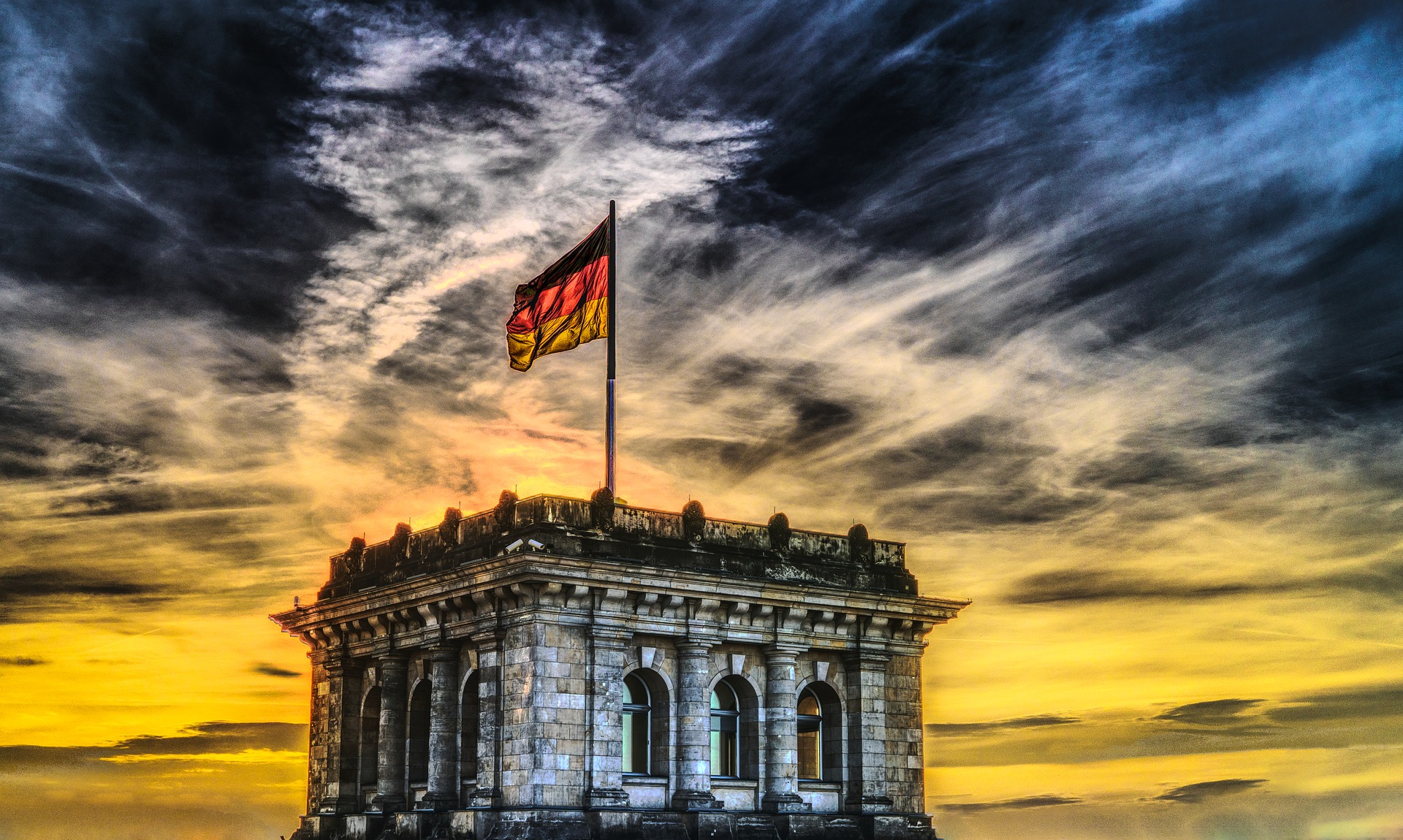
Art for free…
Free access to art is all a part of Berlin’s commitment to promoting culture and the arts in the city. The list of more than 60 museums and exhibitions that generally offer free admission runs the gamut from displays of casts made from ancient sculpture to a museum in honour of two-wheeled transport. A few examples: Kunstraum Kreuzberg/Bethanien presents group and thematic exhibitions of contemporary art, placing emphasis on offering “cultural education as an offensive” and therefore free of charge. The exhibitions at the Mies van der Rohe Haus can also be visited for free.
www.berlin.de/orte/sehenswuerdigkeiten/friedrichswerdersche-kirche/; www.kunstraumkreuzberg.de; www.miesvanderrohehaus.de; www.visitberlin.de/en/editors-tip/berlin-cheaply-and-cheerfully
Another 40 Berlin museums and exhibitions offer children and young people free admission. The age limit varies. The Berlin State Museums, which include those on the World Heritage site Museum Island, only charge admission for those over 18. With fifteen collections holding some 4.7 million items from the world of art, archaeology and ethnology, this is one of the world’s largest museum ensembles.
Other museums grant adults free admission on certain days. The Akademie der Künste (Academy of Arts) offers free admission to its changing exhibitions on the first Sunday of the month. Admission is also free every first Wednesday of the month at Charlottenburg’s Bröhan Museum, specialising in international Art Nouveau, Art Deco and Functionalist interior design, and at the Märkisches Museum, telling visitors Berlin’s history from prehistoric times to the present. Also free on the first Wednesday is admission to the Ephraim Palais, a reconstructed rococo palace presenting changing exhibitions on Berlin’s art and cultural history which is also home to the collection of drawings owned by the Berlin City Museum Foundation. Afterwards, you might want to visit the Nikolai Quarter, a restored Old-Berlin neighbourhood. www.adk.de; www.broehan-museum.de; www.stadtmuseum.de/maerkisches-museum-0; www.stadtmuseum.de/ephraim-palais
Berlin has become the German capital of art: more than 400 renowned galleries and showrooms have turned many neighbourhoods into attractive art districts, including the areas around Auguststraße in Mitte and Potsdamer Straße in Tiergarten. Berlin street art has also made a name for itself and, as its name suggests, it’s freely viewable by anyone on the street. The epicentre of urban art in the city can be found on the walls of buildings across Kreuzberg.
… or for a low price
The Berlin Museum Pass offers free admission to 60 museums and exhibitions in Berlin over three consecutive days for just €24 (concessions €12). Perfect for a mini museum marathon. The three-day card is sold at Berlin Tourist Info offices and at all participating museums. There is also a version of the Berlin WelcomeCard from €40.50 that offers free admission to the five museums on the Museum Island. www.berlin-welcomecard.de
The Jewish Museum Berlin and the Berlinische Galerie offer another package deal: reduced admission at the second museum when you present your ticket from the first no later than two days later. The Deutsches Technikmuseum, one of the largest museums dedicated to technology in Europe, and the Naturkundemuseum (Natural History Museum) offer a 2-for-1 deal: purchase tickets at one and your companion will receive free admission at the other. www.jmberlin.de; www.berlinischegalerie.de; www.sdtb.de; www.naturkundemuseum-berlin.de
More than a hundred museums and exhibitions in a single night: the idea of a night dedicated to museum open houses was born in Berlin in 1997. Since then, a growing number of well-known institutions and some rather insider tips have been inviting Berliners and visitors alike to explore their collections during special opening times during the Long Night of Museums. More than 100 cities around the world have embraced this concept from Berlin. From 6.00 pm until as late as 2.00 am the next morning, more than a hundred Berlin museums and exhibition spaces will be open. They invite visitors to experience exhibitions, collections and installations in an evening full of culture, including readings, concerts and plays to be held in the various venues. The party continues the next day during normal opening hours. A combined ticket for €18 (concessions €12) will grant admission on both days. The ticket also includes shuttle bus and public transport. www.lange-nacht-der-museen.de/en/
The “long night” concept has since taken off in other fields, too. For example, there’s the Long Night of Sciences, the Long Night of Families, the Long Night of Religions, as well as long nights for industry, books and images.
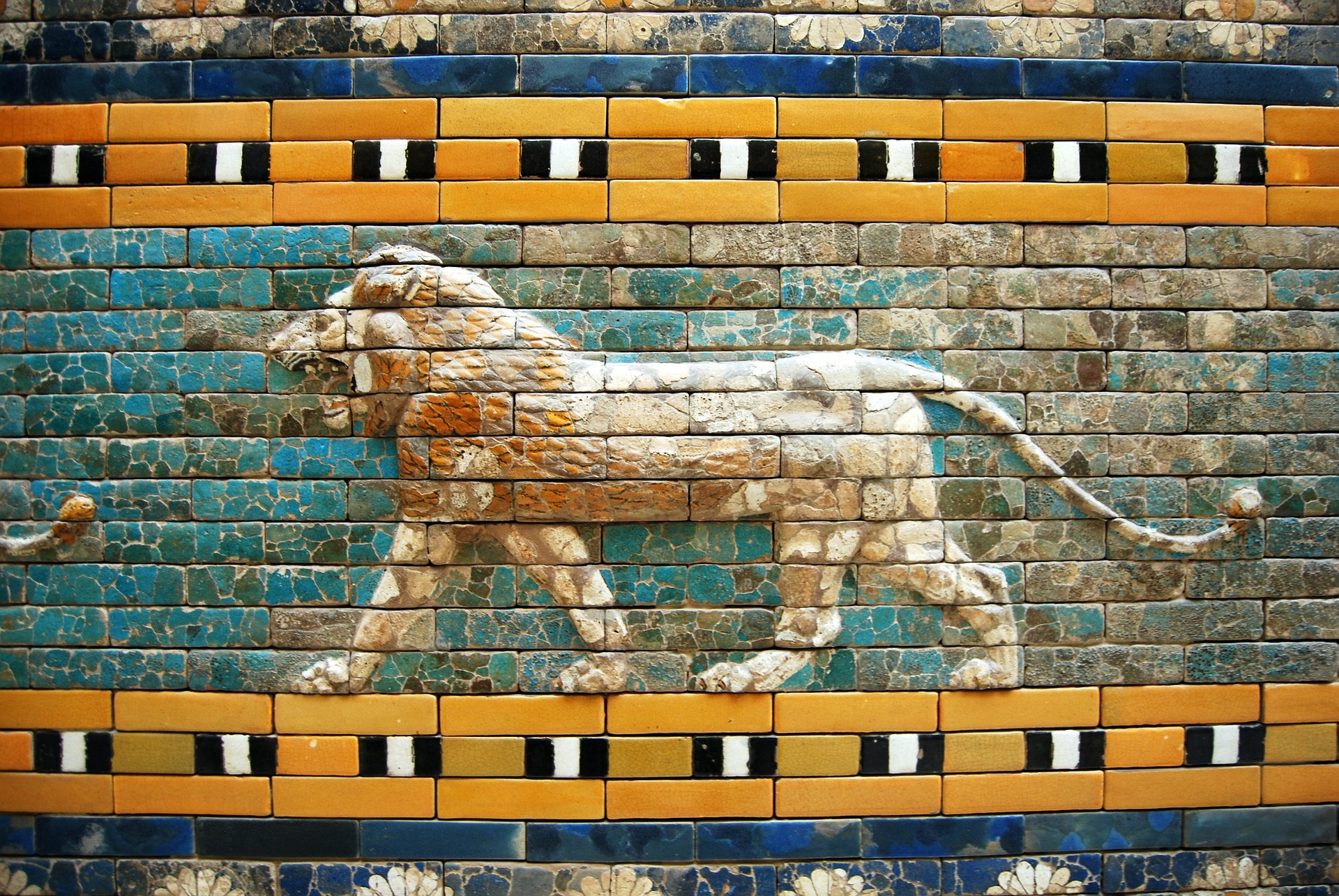
Concerts, theatre and events for little money
Top-notch musical pleasures for free: If you like classical music and don’t mind standing, there’s a chance to experience first-class chamber music for free at the lunch concerts of the Berlin Philharmonic. Members of the Philharmonic, scholars at the orchestra academy and students at Berlin’s music colleges play for a 45-minute concert every Tuesday at 1.00 pm. (Not during summer break). Seats are only available for the disabled; food is available at affordable prices. www.berliner-philharmoniker.de/konzerte/lunchkonzerte
“Staatsoper für alle” is the name of the opera event that attracts up to 60,000 visitors. Since 2007, the Berlin State Opera has kicked off its seasons with this free open-air concert. staatsoper-berlin.de
Last minute tickets for an inexpensive evening out: For selected events, same-day tickets can be had at the Berlin Tourist Info offices at up to 50 per cent off the original ticket price. You can hunt for other last minute deals from more than 200 events organisers online or at the Hekticket sales counters at Zoologischer Garten and Alexanderplatz. www.hekticket.de
Entertainment for free: The online events calendar from www.gratis-in-berlin.de and www.berlin.eintritt-frei.org demonstrate that good entertainment in the city doesn’t have to cost much. The websites give tips about concerts, open stages, exhibitions and other ordinary or extraordinary events in Berlin that have no admission charge.
In summer especially, there’s no shortage of events and celebrations to join in for little money. These include the Carnival of Cultures on Whitsun (Pentecost) weekend and the “Berlin lacht!” (Berlin laughs!) street theatre festival on Mariannenplatz. Also popular are Kreuzberg’s Bergmannstraßenfest and 48 Stunden Neukölln. The Fête de la Musique, on 21 June each year, offers free concerts all over the city. Join in the fun and celebrate Berlin’s rich cultural, artistic and musical diversity for free – all you have to do is grab some food. www.karneval-berlin.de; www.berlin-lacht.de; www.kiez-und-kultur.de; www.48-stunden-neukoelln.de; www.fetedelamusique.de
Lighting spectacles each October at the Festival of Lights and Berlin leuchtet (Berlin illuminated): For two weeks, these two parallel events shine a special light on more than 60 sights in the capital. One-of-a-kind illuminations and artistic projections on the city’s historic landmarks such as the Brandenburg Gate and Berlin Cathedral are what set one of the world’s largest festivals of light. www.festival-of-lights.de; www.berlin-leuchtet.com
Berlin shows off its sporty side at various major events throughout the year. A recent tradition is the “fan mile”, collective viewing set up west of the Brandenburg Gate for major football events. If you’d rather watch the action indoors with a cold beverage, many pubs and bars across the city show the Bundesliga, Champions League, European League and World Cup games for free.
The Berlin Marathon each September is one of the best known sporting events in the capital. It passes right through the city, watching costs nothing and a good folk festival mood is guaranteed. A million spectators line the course and there’s a music group pushing the runners further at each kilometre. www.bmw-berlin-marathon.com
Savings on shopping… Window shopping is, of course, fun, if also likely to make you a bit greedy. Thrifty travellers to Berlin might find it more interesting to head out to one of Berlin’s many flea markets and hunt for some real bargains. Fashion, accessories, antiques and all sorts of knick-knacks can be found at the flea markets at Mauerpark in Prenzlauer Berg, Boxhagener Platz in Friedrichshain, Arkonaplatz in Mitte, Fehrbelliner Platz in Wilmersdorf or on Straße des 17. Juni in Tiergarten. Bargain hunters will also get their money’s worth in the many thrift stores, for example, in Kreuzberg’s Bergmannstraße neighbourhood. The large second-hand clothes market Colours on Bergmannstraße, Made in Berlin on Friedrichstraße or Neue Schönhauser Straße, and Garage Berlin on Ahornstraße offer second-hand fashion by the kilo – and even 30 per cent off during happy hour on Tuesdays and Wednesdays. http://www.visitberlin.de/de/keyword/flohmaerkte-kunstmaerkte; www.kleidermarkt.de
Berlin’s re-use shops promote sustainability. Systemfehler in Friedrichshain invites you to browse, swap and take home whatever you can use. Books, sorted clothes and furniture are mostly what’s on offer here. That’s the same principle behind Giveboxes: following the motto “sharing is caring,” four locations in Mitte, Prenzlauer Berg, Kreuzberg and Neukölln invite you to bring in what you no longer need and exchange it for something new to you. On Sredzkistraße at Kollwitzstraße in Prenzlauer Berg is Bücherwald, where you can leave, swap or pick up books in tree trunks converted for this purpose. Up to 100 books can be accommodated at a time as they wait for their new, temporary owners. www.umsonstladen.de; systemfehler-berlin.blogspot.de; www.facebook.com/Givebox
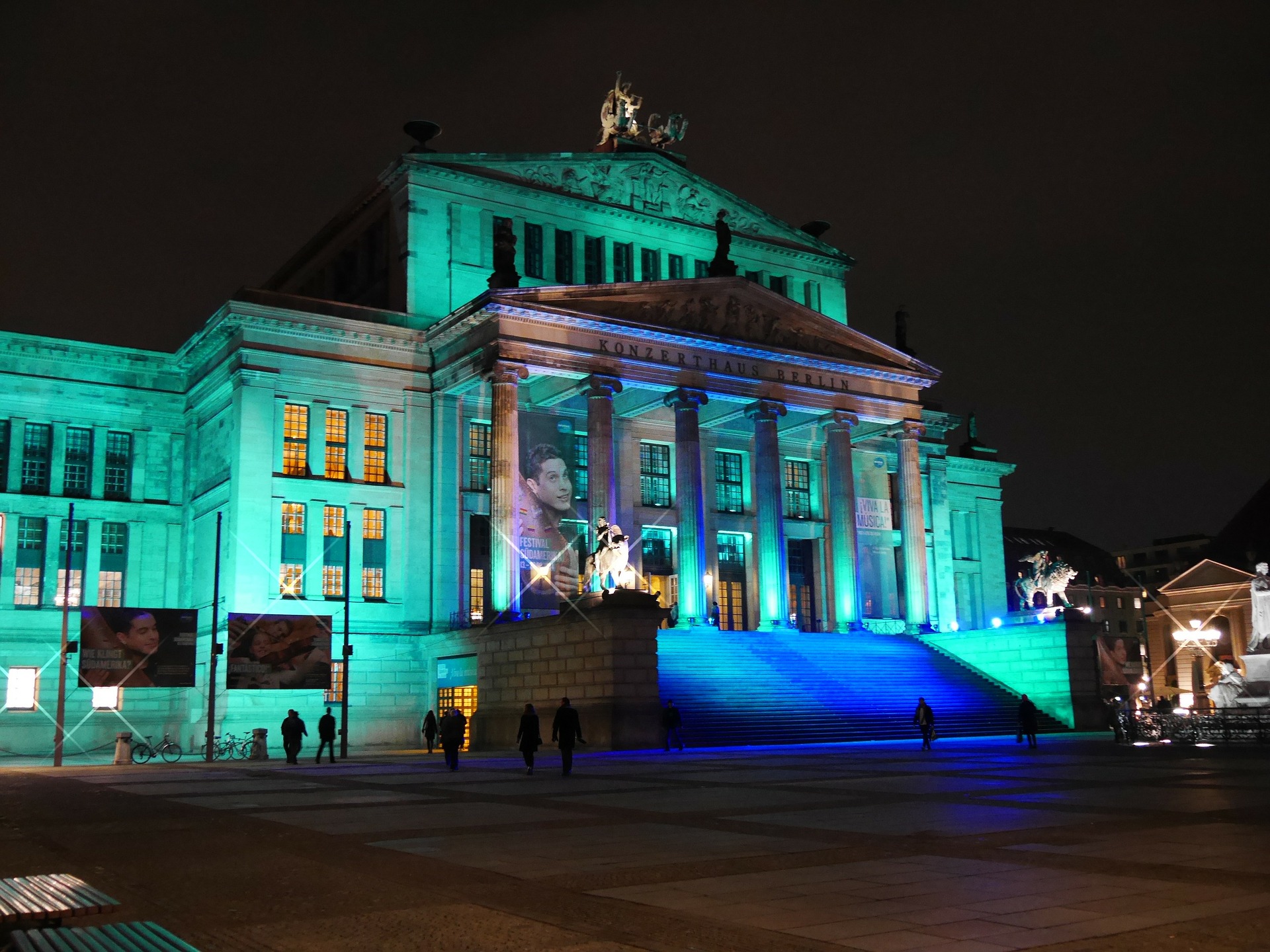
…cheap eats…
Eating on the cheap in Berlin is no problem. Quick snacks like kebabs, falafel, pizza or a currywurst will set you back €2.50 on average. The best currywurst in Berlin can be had Konnopke at either its Prenzlauer Berg (Schönhauser Allee 44a) or Pankow (Romain-Rolland-Straße 16) locations or at Curry 36 in Kreuzberg (Mehringdamm 36). Directly opposite the latter is Mustafa’s popular vegetable kebab stand – easily recognisable by the long queue on the pavement.
Berlin is also home to a variety of restaurants serving cuisine from around the world at reasonable prices. It’s also worthwhile checking out the cafés and restaurants in the smaller side streets. You might also want to check out the lunch specials – many restaurants offer affordable prix-fixe deals from €5 for a business lunch. Affordable, regional cuisine can be had at Kantine Neun in Kreuzberg (Eisenbahnstraße 42/43) or at Repke Spätzlerei on Charlottenburg’s Savignyplatz. The Bistro Nord Sud at Auguststraße 87 in Mitte offers a three-course French meal for €7.50. Large portions at low prices are also on offer at Raststätte Gnadenbrot on Martin-Luther-Str. 20a in Schöneberg. They’ve imported a standard accessory from American casual restaurants: a beer coaster that flashes and beeps when it’s time to pick up your food from the counter. www.konnopke-imbiss.de; www.mustafas.de;
www.facebook.com/KantineNEUN; www.spaetzlerei.de; www.berlin.de/restaurants/1638966-1622830-nordsud.html;
www.raststaette-gnadenbrot.de
On weekends, many of the cafés in trendy Prenzlauer Berg, Friedrichshain and Kreuzberg put on massive brunches. For about €8, you can eat as much as you like and not have to buy lunch (or maybe even dinner). Bandito Rosso in Prenzlauer Berg (Lottumstraße 10a) offers a vegan brunch once a month. If you pitch in, you can even eat for free. A similar concept can be found at the Berliner Volxküchen: several times a week, people gather to cook and eat vegan food together. You only need to pay the cost of what you bring. www.bandito.blogsport.de; www.bandito.blogsport.de/bevoku/die-berliner-volxkuchen/; www.berlin-vegan.de
Good food and delicious happy hour cocktails from €3.50 can be had in the well-known nightlife districts on Simon-Dach-Straße (Friedrichshain), Oranienstraße, Wiener Straße and Schlesische Straße (Kreuzberg), Kastanienallee, and between Helmholtzplatz and Kollwitzplatz (Prenzlauer Berg) and on Oranienburgerstraße, Tucholskystraße and Auguststraße (Mitte).

…and cheap nights out
You don’t need to give up the fun just to save a few euros. If your budget doesn’t gain you entrance to Berlin’s trendiest clubs, don’t worry – there are plenty of smaller bars in trendy districts that offer affordable opportunities to dance the night away. At the weekend, DJs are at many of the smaller clubs and locations such as “Süss war gestern” on Wühlischstraße 43 in Friedrichshain or at Kreuzberg’s Farbfernseher (Skalitzer Straße 114), Hotel (Mariannenstraße 26) and Club der Visionäre. The dance floor opens later at night right in front of the mixing tables. Often the musical entertainment is free, whilst in some bars you pay a small cover charge to the DJ when you order your first drink. www.tip-berlin.de/essen-und-trinken/restaurants-und-bars/suess-war-gestern; www.nachtagenten.de/location/ farbfernseher.9940.html; www.kreuzberg24.net/nachtleben/club/200-hotel-bar.html;
www.clubdervisionaere.de
Froschkönig in Neukölln (Weisestraße 7) and Café Mukkefukk with its adjacent record store in Kreuzberg (Wrangelstraße 95) offer free concerts. Or you could have a lot of fun making your own music. Jam sessions, open mic nights and free stages such as Al Hamra in Prenzlauer Berg (Raumerstraße 16) and Madame Claude in Kreuzberg (Lübbener Straße 19) cost nothing and provide good entertainment in front of or on stage.
A very special kind of fun is the Bearpit Karaoke Show in Mauerpark at the weekend. Every Sunday from about 3.00 on, Irishman Joe Hatchiban parks his bike on the small stage of the amphitheatre and sets up his mobile karaoke station under the colourful umbrella. Hundreds of people gather on the sidelines and wait anxiously for the next volunteer to dare to take the stage. Missed cues, off-key singing and embarrassing dance routines are rewarded by the audience with loud cheers and thunderous applause. There are no winners and no one’s ever booed off the stage. Berlin’s craziest outdoor karaoke party is all about the fun. www.froschkoenig-berlin.de; www.facebook. com/mukkefukk; www.bearpitkaraoke.com
